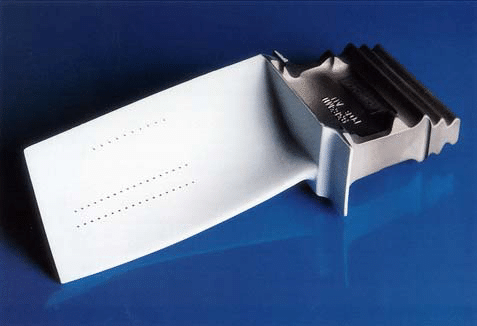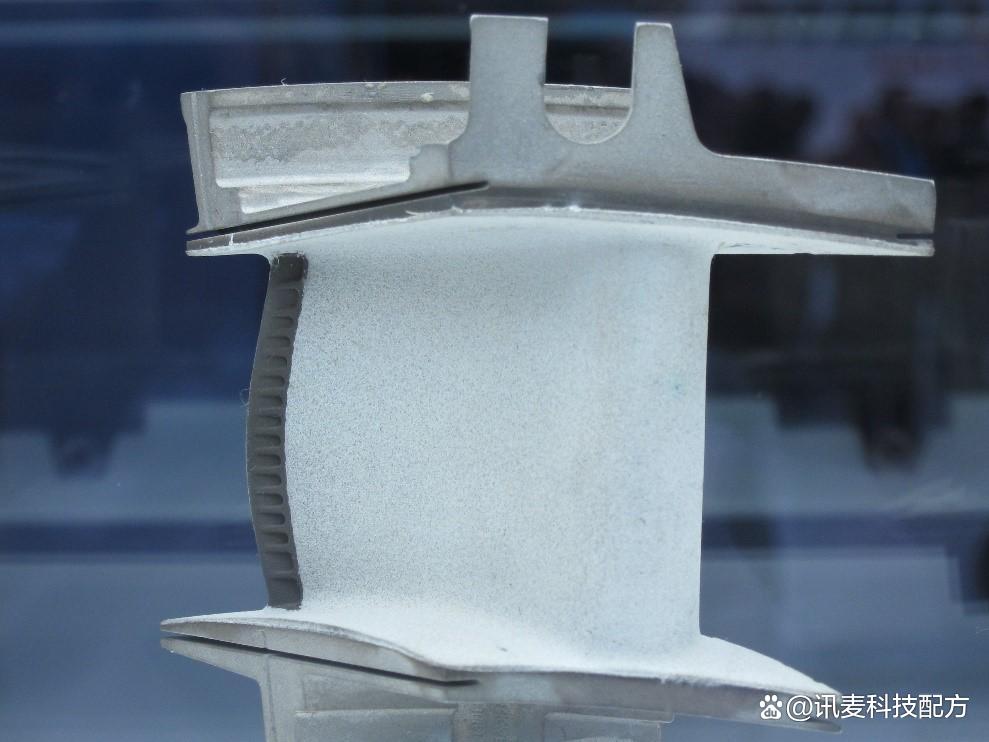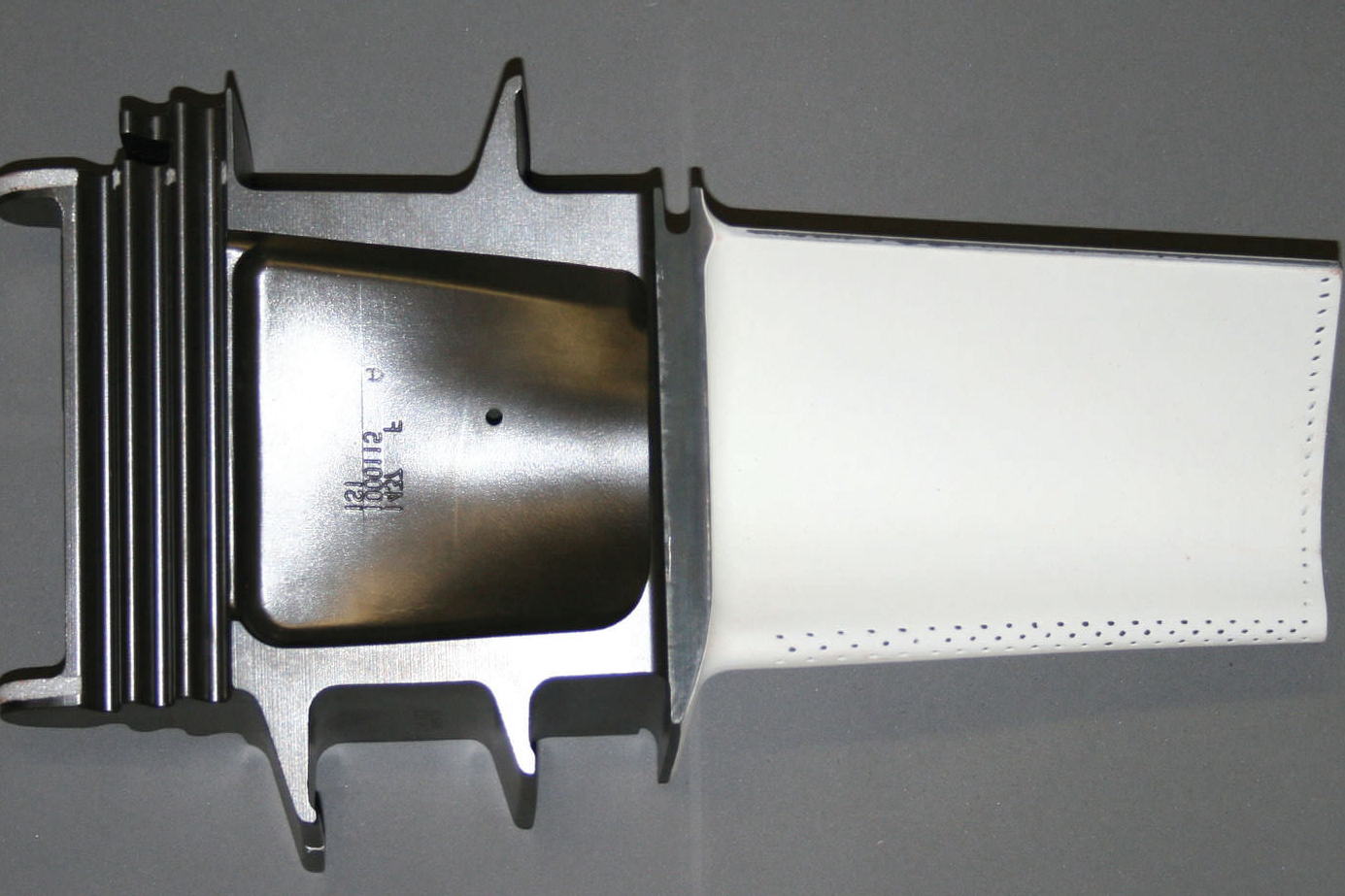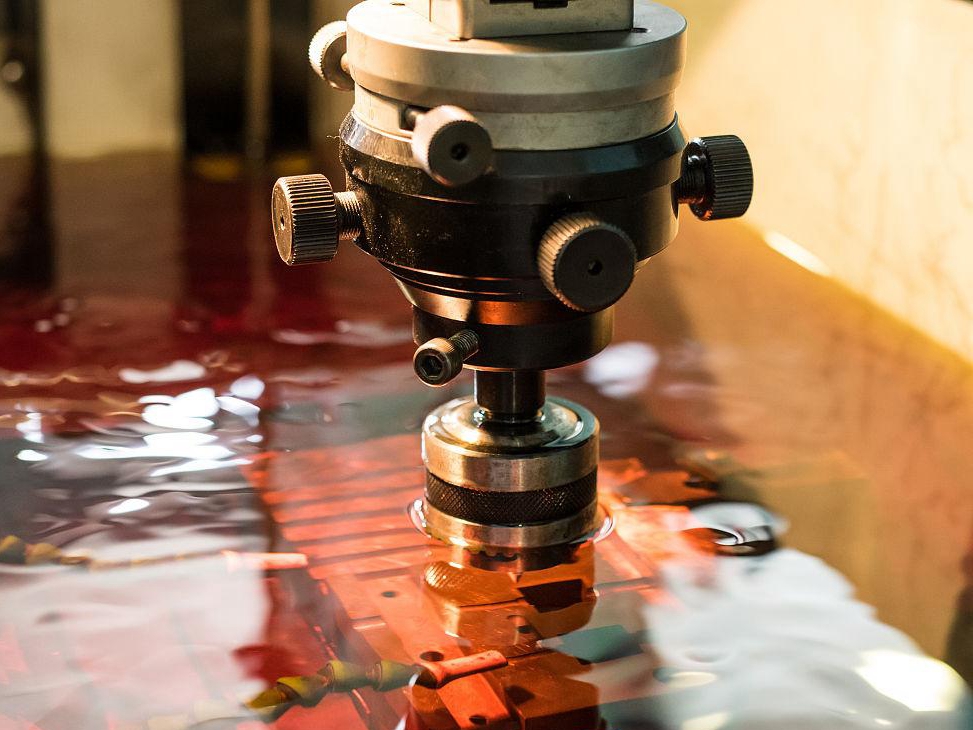Reduced Thermal Stress: How TBC Coating Protecting Parts from Heat-Induced Damage
Thermal Barrier Coatings (TBCs) are specialized coatings that protect parts exposed to extreme heat conditions. These coatings are primarily used in high-temperature aerospace, gas turbines, automotive engines, and power generation applications. TBCs are designed to reduce thermal stress and prevent heat-induced damage to components, extending their lifespan and improving performance. By providing a protective barrier, TBCs enable parts to withstand the intense heat cycles they encounter in harsh environments.
What is Thermal Barrier Coating (TBC)?
A Thermal Barrier Coating is a specialized material, often made of ceramic, applied to parts that need to be protected from high temperatures. TBCs are typically applied thinly on metallic components and serve as insulation, reducing the heat transferred to the underlying material. This allows the substrate to operate at higher temperatures without suffering from the detrimental effects of heat-induced damage.
Common materials used for TBCs include:
Zirconia-based ceramics: Often stabilized with yttria (YSZ), these materials offer excellent thermal insulation properties.
Mullite: A high-temperature ceramic material often used in some gas turbine applications.
Alumina and silicate-based coatings are commonly used for their excellent thermal conductivity and heat resistance.
TBCs are usually applied via plasma spraying, electron beam physical vapor deposition (EB-PVD), or detonation gun spraying.
How TBC Coatings Reduce Thermal Stress
TBC coatings act as a barrier between high-temperature environments and the underlying metal, reducing thermal shock and providing several benefits:
Thermal Insulation: TBCs reduce the amount of heat that penetrates the metal substrate, allowing the component to operate at higher temperatures without exceeding the temperature limits of the base material. For instance, in gas turbines, TBCs can help maintain engine efficiency by allowing the turbine blades to operate at higher temperatures without compromising the material integrity.
Heat Cycling Protection: The coefficient of thermal expansion (CTE) mismatch between the coating and the substrate helps to absorb and dissipate thermal stresses caused by rapid temperature changes. This is especially important in aerospace components, such as turbine blades, that undergo frequent and rapid thermal cycling during engine operation.
Prevention of Oxidation and Corrosion: The ceramic nature of TBCs prevents the oxidation of the underlying metal when exposed to high temperatures and reactive gases, such as those found in combustion environments. This ensures that components maintain their structural integrity even after extended exposure to extreme heat.
Extending Component Life: By reducing thermal stress, TBCs help prolong the life of critical components. Parts coated with TBCs show less wear and fatigue, and can operate longer without needing replacements or repairs. This is crucial for industries like aerospace, where downtime and maintenance costs must be minimized.
Applications of Thermal Barrier Coatings
TBCs are used in various industries, particularly in applications where components are exposed to extreme heat. Some of the key applications include:
Industry | Applications | Benefits |
|---|---|---|
Aerospace | Jet engine turbine blades, combustor liners, nozzle guide vanes | Higher efficiency, reduced fuel consumption, prolonged part life |
Power Generation | Gas turbine blades, heat exchangers | Increased efficiency, heat resistance, longer operational life |
Automotive | Engine components, exhaust systems | Increased thermal efficiency, reduced engine wear |
Oil & Gas | Drilling tools, pumps, valves | Improved resistance to high-temperature wear and corrosion |
Marine | Gas turbines, propulsion systems | Enhanced durability and protection in extreme marine environments |
Benefits of TBC Coatings
Enhanced Performance: TBCs allow components to perform at higher temperatures, improving efficiency and performance. This is especially beneficial in gas turbines and jet engines, where higher operating temperatures produce greater power output and efficiency.
Reduced Maintenance Costs: By preventing thermal damage and wear, TBCs extend the service life of components. This reduces the frequency of repairs and replacements, which lowers maintenance costs over time.
Fuel Efficiency: TBCs help achieve higher combustion temperatures without damaging the engine, leading to better fuel efficiency and lower emissions.
Corrosion Resistance: TBCs protect against the aggressive gases and environmental conditions encountered in many industrial applications, preventing oxidation and corrosion of sensitive components.
Challenges of TBC Coatings
While TBCs offer significant advantages, there are challenges associated with their application:
Coating Durability: TBCs can experience degradation over time due to thermal cycling, mechanical wear, and exposure to reactive gases. Advances in coating materials and application methods are focused on increasing the longevity and durability of TBCs.
Application Complexity: The process of applying TBCs can be complex and requires specialized equipment and expertise. Techniques like EB-PVD and plasma spraying require precise control to ensure uniform coating thickness and adhesion strength.
Adhesion to Substrate: The bonding between the TBC and the substrate must be strong enough to withstand the stresses induced by thermal expansion and contraction. Poor adhesion can lead to delamination, compromising the effectiveness of the coating.
Conclusion
Thermal Barrier Coatings (TBCs) play a crucial role in protecting parts from the detrimental effects of extreme heat. By providing insulation, reducing thermal shock, preventing oxidation, and extending component life, TBCs are essential in industries such as aerospace, power generation, and automotive. As material science and coating technologies continue to evolve, developing more durable and effective TBCs will drive further innovations in high-temperature applications.
FAQs
What are the primary benefits of using Thermal Barrier Coatings (TBCs)?
How do TBCs reduce thermal stress in high-temperature environments?
What industries benefit most from TBC coatings?
How do TBC coatings improve engine efficiency and performance?
What are the challenges of applying and maintaining Thermal Barrier Coatings?




